Roof repair doesn’t have to be intimidating! Learn the basics with this quick guide.
Every homeowner will most likely need to replace their roof. It’s just a fact of life.
Depending on the size of the roof and the roofing material, the replacement could cost several thousand dollars. But with some basic skills and routine roof maintenance, you can protect your roof and get the most for your money.
Roofing types
Most roofs in North America are some type of asphalt shingle product that gets nailed to the roof structure in overlapping patterns. The shingles are covered with a topcoat of mineral aggregate for durability.
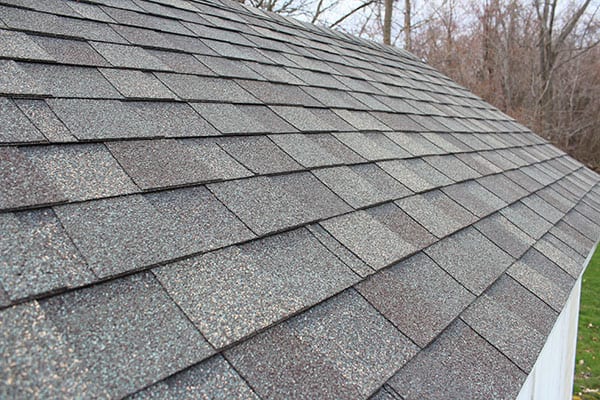
Usually these minerals have a color depending on the design of the product line. Below the shingles is a roofing paper, which acts as a moisture barrier between the plywood roof structure and the shingles.
The plywood is secured to the frame of the roof. Older homes might have framing lumber instead of plywood.
In addition to asphalt shingles, roofs can come in metal and clay, as well as a host of other material options. Many flat roofs will feature large rolls of asphalt that get installed with a propane torch to melt the rolls to layer below it. For this guide, however, we’ll stick to the basic asphalt shingle.
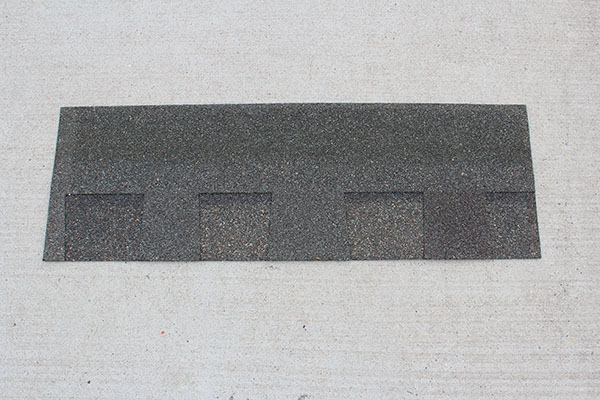
Anatomy of a shingle
A lone shingle has a decorative lower half and a plain upper half. The decorative bottom half is the exposed portion of the shingle, and the plain upper portion is where the roofing nails get driven.
On the backside of the shingle is a strip of tar. There is a plastic cover over it to keep it separated from the rest of the shingles in the package.
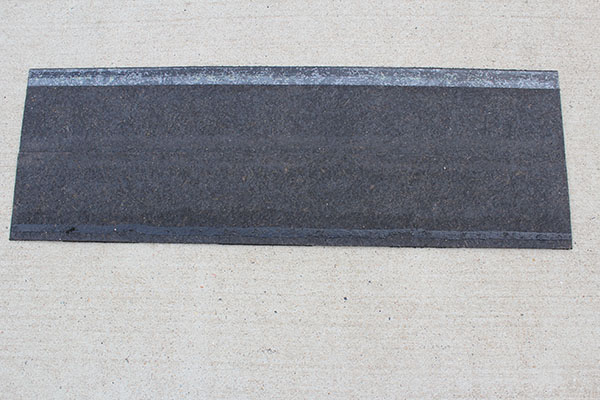
When a shingle is placed on a roof, the top half gets nailed and covered with a second row of shingles in a running bond pattern so the seams don’t align. This type of installation approach helps prevent water intrusion.
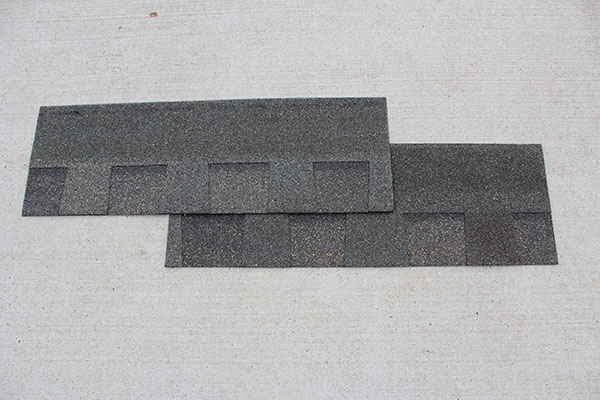
When to replace a roof
Over time, repeated exposure to the hot summers and cold winters will cause the shingles to expand and contract and eventually fail. This is the most likely cause for a missing shingle. Large storms, branches and even small animals can also cause damage.
The best time to replace a shingle is in the warmer months of the year. The asphalt shingles have a strip of tar that melts in the sun’s heat and bonds to the roof layers below it. You can replace a shingle roof in the winter if you have to, but it’s much more common to wait until the weather improves.
When replacing a shingle, be sure to remove any debris from the area, and check for other signs of wear and tear. Sometimes it’s hard to tell if there’s any water intrusion, damage or deterioration.
Ultimately, if you’re in doubt about the condition of your roof, hire a roofing professional to inspect it.
Buying a shingle
Asphalt shingles usually start at about $25 per 33 square feet. You’ll want to find a shingle that matches the rest of your roof. If you have a ladder and the ability, climb up to the roof and take a picture of your shingles. Then take this with you to the hardware store so you can pick a shingle that matches.
If you aren’t able to climb a ladder, simply take a photo of the outside of your house and try to zoom in as close as possible on the roof. Either way, a picture will help you greatly when you are in the middle of a hardware store surrounded by shingles that all look similar.
How to repair your shingles
Before you start, be sure to adequately prepare to be on your roof: Secure your ladder, wear safety protective gear and have all your tools ready.
And don’t forget to check the weather forecast! Never attempt to go up on your roof in bad weather.
If you’re unsure if you are physically able to make a roof repair, call a professional. It’s always better to be on the safe side.
Once you’ve made the necessary preparations, follow these steps.
- Lift up the front edge of the damaged shingle.
- Separate the tar strip from the shingle beneath it.
- Slide a flat crowbar under the shingle.
- Pop up the roofing nails holding the shingle down.
- Slide out the damaged shingle.
- Slide in the new shingle.
- Drive a roofing nail through the top half of the new shingle. If possible, try to align the nail near where the last nail was.
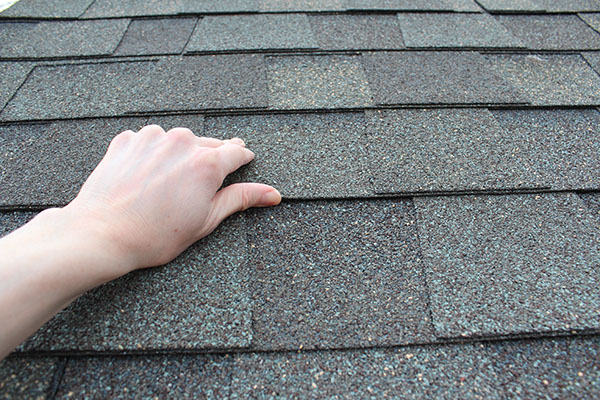
DIY or call a professional?
If you aren’t afraid of heights and understand the level of effort and safety risks involved (i.e., falling from heights), then replacing a shingle is doable for any DIYer. However, if your roof has any serious damage, it’s time to call in the professionals.
A professional roofer can remove and replace an entire home’s roof within a day or two. They’re usually working with multiple people, so the job goes much faster.
Top photo from Zillow listing.
Related:
Originally published April 6, 2016.
This post first appeared on Zillow.com. To see the original, click here.
